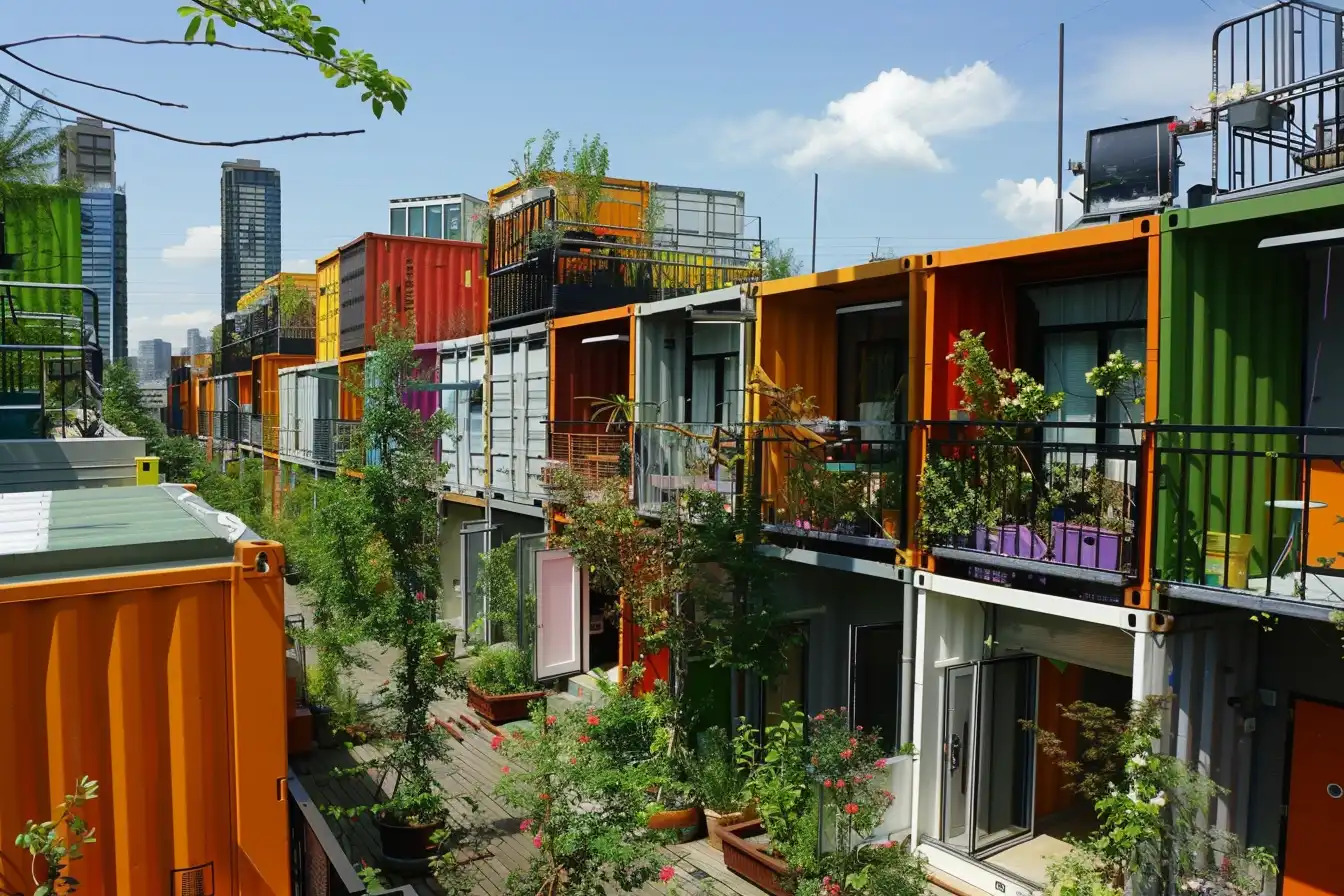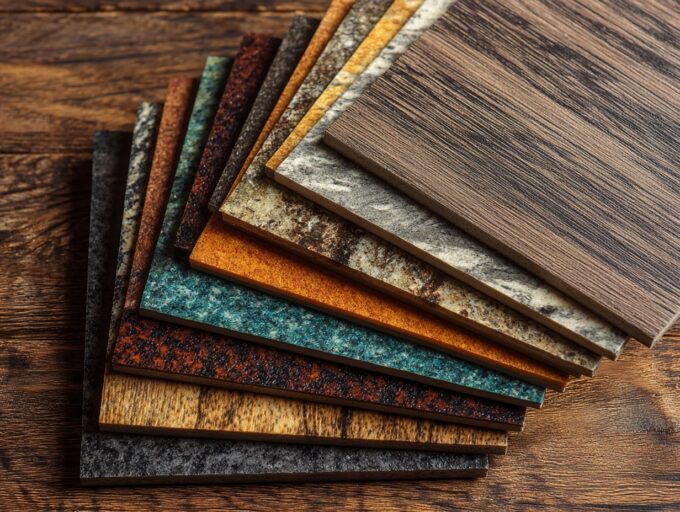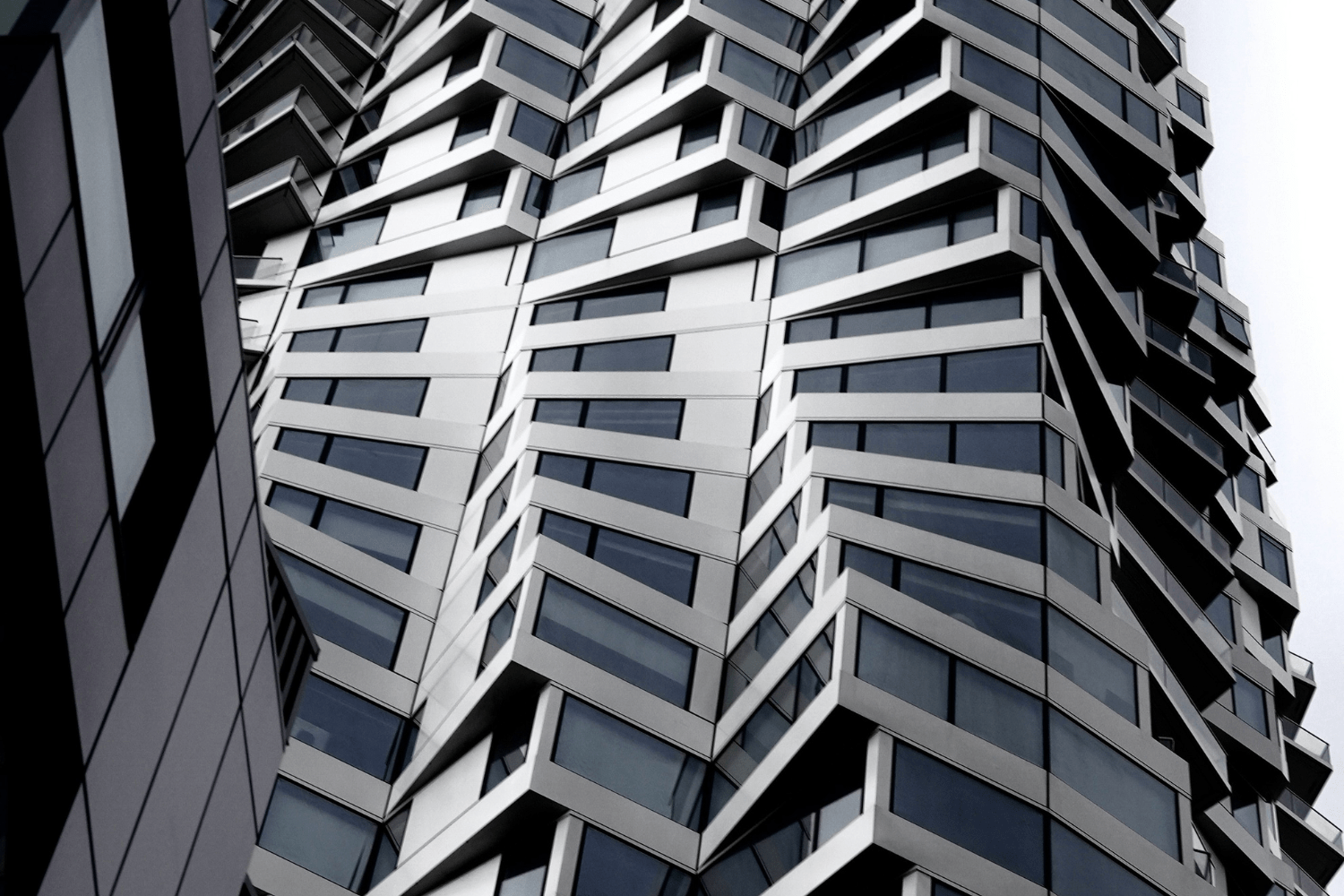- Home
- Articles
- Architectural Portfolio
- Architectral Presentation
- Inspirational Stories
- Architecture News
- Visualization
- BIM Industry
- Facade Design
- Parametric Design
- Career
- Landscape Architecture
- Construction
- Artificial Intelligence
- Sketching
- Design Softwares
- Diagrams
- Writing
- Architectural Tips
- Sustainability
- Courses
- Concept
- Technology
- History & Heritage
- Future of Architecture
- Guides & How-To
- Art & Culture
- Projects
- Interior Design
- Competitions
- Jobs
- Store
- Tools
- More
- Home
- Articles
- Architectural Portfolio
- Architectral Presentation
- Inspirational Stories
- Architecture News
- Visualization
- BIM Industry
- Facade Design
- Parametric Design
- Career
- Landscape Architecture
- Construction
- Artificial Intelligence
- Sketching
- Design Softwares
- Diagrams
- Writing
- Architectural Tips
- Sustainability
- Courses
- Concept
- Technology
- History & Heritage
- Future of Architecture
- Guides & How-To
- Art & Culture
- Projects
- Interior Design
- Competitions
- Jobs
- Store
- Tools
- More
Exploring Global Trends: Current Innovations in Facade Design
Explore the evolution of facade design and architectural trends from biophilic design to parametric aesthetics. Delve into the rise of zero-carbon facades, the incorporation of 3D facade elements, and the innovation of smart facades enabled by automation and IoT technologies.Discover how these trends emphasize sustainability, technological advancements, and design precision in today's architecture

In the ever-evolving world of architecture, the facade of a building serves as the first impression, a silent storyteller of its design ethos. Today, we’re seeing a fascinating shift in facade design trends, with architects pushing the envelope, literally and figuratively, to create structures that are as aesthetically pleasing as they are functional.
From the pixelated glass facades of Paris to the innovative use of ethylene tetrafluoroethylene (ETFE) in place of traditional glazing, these trends are redefining the architectural landscape. The advent of transparent insulated glass mid-century revolutionized building design, and today’s trends continue to build on that transformative legacy. Let’s delve into these current trends and explore how they’re shaping the future of architectural design.

Table of Contents
ToggleEmbracing Biophilic Design in Modern Facades
As we journey into the organic realm, biophilic design surges forward, securing a significant footing in architectural trends. This design strategy garners continuous momentum due to its approach of integrating elements of nature into man-made structures, fostering a healing harmony in contemporary facades.
Incorporating Natural Elements
Biophilic design demonstrates remarkable potential in seamlessly blending the harsh lines of urban architecture with the gentle embrace of nature. For instance, the convergence of natural patterns, textures, and shapes alongside man-made materials enhances the visual appeal of liveable spaces. This interplay of earthy grace is even portrayed through choices in biophilic décor, inspired by nature’s rich landscapes and monolithic structures. These integrations help to foster a sense of tranquility and wellness within the built environment.
One innovative illustration of biophilic design is the implementation of green walls or vertical gardens on building facades. Augmenting the exterior with eco-friendly cladding materials, like Stonelam porcelain slabs, not only minimizes environmental impact but also establishes a harmonic aesthetic. As a result, the once hostile urban jungle, partially cloaked in a veil of green, becomes a sight to behold.
Health and Environmental Benefits
Surpassing aesthetic appeal, biophilic design garners an environmental impact that contributes to health and well-being. The benefits resonate deeper than surface appeal; it’s a holistic approach towards healthier living spaces. Contact with nature, facilitated through these designs, leads to reduced stress levels and improved cognitive function, resulting in increased overall happiness for the residents. By echoing the natural world outside the home, such designs are more than mere adornments; they serve as bridges, connecting inhabitants with the therapeutic powers of nature.
With a holistic approach, biophilic design in modern facades achieves a dual function – adorns man-made structures with natural beauty and enhances well-being. As such, it not only shapes the aesthetic of the build environment but also fuels the well-being of its inhabitants, making it a robust contender in current facade design trends.

The Rise of Smart Facades
Streamlining aesthetics, functionality, and sustainability, smart facades symbolize progress in modern architecture. They’re not your average facades. Smart facades think, respond and control the interior environment based on external conditions, making buildings more energy-efficient and comfortable.
Translucent Materials as Alternative Glazing
In the journey towards energy-efficient design, architects harness translucency’s power. Barkow Leibinger, with the local architect of record Sasaki, developed a translucent ArtLab for Harvard’s Allston campus, reflecting these trends. The prototype, as we can observe, uses translucent surfaces that balance light transmittance with thermal insulation backdrop. As such, translucent materials like ETFE are becoming attractive options compared to conventional glazing.
The Use of Pixelation in Architecture
Turning to pixelated approaches, architects manage large-scale projects with detail and precision. A prime example is Snøhetta’s painstaking work in the Le Monde headquarters in Paris. Comprising 20,000 patterned and printed glass tiles assembled with bent clips, it takes Nouvel’s pixelated facade to the next level of sophistication. The pixel metaphor, though familiar, provides for a rainscreen that aligns immaculately with the base building’s curvilinear form.
Peek into these smart facade trends brings precision, interactivity, and energy efficiency at the forefront of modern architectural design. The rise of smart facades opens a world of possibilities, turning buildings into responsive entities that cater to human and ecological needs alike.

The Aesthetics of Parametric Design
Optimized and aesthetic facade designs are pushing boundaries, redefining what we envision in architectural blueprints. Using parametric design techniques, architects are designing facades that marry functionality and aesthetics in ways hitherto unimagined.
Design Flexibility and Customization
Parametric design, marked by heavy usage of computational algorithms, provides certain unique attributes to building facades. In essence, it results in a tremendous leap in design flexibility, enabling organic, non-linear shapes. The Agora Garden in Taipei, Taiwan, demonstrates this power, its twisting DNA-inspired design retelling the narrative of sustainable design.
This method of design isn’t merely about flexibility; it’s also about customization. Every fragment of the building facade can be individually modeled and manipulated to accurately realize a vision. To exemplify, consider Sydney’s One Central Park. Computational techniques optimized the placement and arrangement of plants on the building’s facade. This not only enhanced sunlight exposure but also contributed to improving air quality and urban biodiversity.
Engineering Marvels of Parametric Design
Aedas Studio’s Al Bahar Towers showcase the potential capabilities of parametric design. By using computational methods in crafting their design, these towers stand as symbols of design efficiency and visual excellence. The crystal-clear alignment of the building facade system with climate change solutions showcases how parametric design can act as a potent tool in environmental sustainability.
Inspiring Aesthetics through Parametric Design
Parametric design isn’t only about engineering marvels; it’s also about creating inspiring aesthetics that blend art with technology. Take, for instance, the cutting-edge design of the Guggenheim Museum by Canadian-American architect Frank Gehry. Drenched in titanium, the museum is a rare fusion of modern and contemporary art offering visual feast to its audience. The structure’s facade is a testament to the design possibilities parametric design tools can unlock when used to their fullest potential.

The Innovation of Kinetic Facades
Moving on from the meritorious efforts in utilizing sustainable materials and algorithms for facade designs, let’s explore one truly riveting advancement in the architectural field — kinetic facades.
Dynamic Aesthetics and Functionality
Kinetic facades bear a striking presence in modern buildings. This innovative form of design allows facade elements to move in response to changing environmental conditions, thereby enhancing both aesthetics and functionality. Acclaimed internationally, one stellar example rules atop others — the Al Bahr Towers in Abu Dhabi. Designed magnificently, these geometrically intricate structures adjust their exteriors to match the sun’s position, reducing solar gain by almost 50%.
Dwellings taking on such techniques perform energy adjustments that improve their sustainable merits. Moving away from purely static structures, architects shift towards dynamic designs, making the buildings literally breath, acting in rhythm with nature.
The kinetic facade of the BMW Welt in Munich, Austria, stands as an astonishing example of adaptive architecture. Like a chameleon, it alters based on weather changes, modifying internal heat and light conditions, effortlessly merging aesthetics with function. Providing a captivating visual display, this innovative combination drives a new age of architectural designs — an era of living, adaptive structures.
The grand leaps in facade design technologies lead us to an era of dynamically aesthetic, functional spaces embracing a symbiotic relationship with the environment. An age where the built environment echoes the principles of nature, enhancing human comfort, and celebrating sustainability.
Advancements in Zero-Carbon Facades
As the building industry intensifies its drive towards sustainability, revolutionary facade designs are of increased importance, specifically zero-carbon facades—an indispensable stride towards achieving carbon neutrality in construction.

The Quest for Carbon Neutrality in Construction
Confronting the escalating climate crisis, the construction industry, a notable contributor to global emissions, strengthens its commitment to carbon neutrality. Zero-carbon building practices, a crucial part of this commitment, incorporate a variety of strategies from the design phase to building operation, with a focal emphasis on innovative facade designs.
Fundamentally, zero-carbon facades maximize energy efficiency and generate onsite renewable power, significantly reducing or even nullifying the building’s carbon footprint over its lifetime. Implementing these facades, however, isn’t just about using greenspace or solar panels—cutting-edge materials and design techniques are driving further advancements.
Notably, Barkow Leibinger and local architect Sasaki’s translucent ArtLab for Harvard’s Allston campus uses the increasingly popular material ETFE to create a unique facade that marries aesthetics with high technological performance. On a different representation, Snøhetta’s Le Monde headquarters in Paris and Jean Nouvel’s Chelsea New York condo tower demonstrate the potential of pixelated glass facades to augment both environmental performance and visual appeal.
Continual refinement and exploration of these techniques promise further advancements in zero-carbon facades, advancing the industry towards the goal of carbon-neutral construction. On the horizon, we glimpse even greater transformation and hope for the industry as architects, engineers, and builders collaborate to breathe life into the vision of truly zero-carbon building practices.
The Future is 3-Dimensional
As we delve deeper into the rising trends in facade designs, it’s clear that architects have entered into a new realm: the third dimension. With the advent of sophisticated technological tools and innovative materials, architects are now constructing facades that are not only visually intriguing but also sustainable.
Exploring 3D Façade Elements
3D Facades provide architects the means to elevate the physical depth and complexity of a building’s exterior. Noteworthy examples include the Le Monde headquarters in Paris, designed by Snøhetta in 2020. Here, architects took a pixelated approach to glass facades — initially explored by French architect Jean Nouvel at a Chelsea, New York condo tower. In Paris, Snøhetta streamlined the facade to an assembly of 20,000 patterned and printed glass tiles held together with bent clips. This creation, though functional, also offered a distinctive look and feel.
Other architects went for transformative methods, such as at the Guggenheim Museum where Canadian-American architect Frank Gehry drape the museum with 33,000 thin titanium sheets. Shifting colors in response to different light and weather conditions highlighting the building’s curvilinear design, which harmoniously combines limestone, glass, computational design, and titanium.
The Tokyo Skytree is another relevant example, but it takes 3D facades up into the sky. Standing 634 meters, its tapered cylindrical shape elegantly combines Japanese design and engineering, blending craft and innovation into a seamless high-rise experience.
Finally, consider the Miami Station, a 42-story tower housing office spaces, apartment units, and commercial spaces. The façade design underwent four stages from 2019 to 2021, yet its aesthetic language remained consistent. Notably, the architect opted for long horizontal and diagonal white strips, resulting in a multi-dimensional facade design.
As these examples denote, 3D facade elements offer untapped potential for architectural experimentation, resulting in buildings that are anything but flat.

Conclusion
Trends in facade design have significantly evolved, with the most noteworthy being the advent of smart facades. These feature prominently in today’s architectural landscapes, driven primarily by advancements in building automation and Internet of Things (IoT) technologies.
These next-gen facades adapt to weather changes and manipulate temperature and lighting to improve the energy efficiency of buildings. For instance, architects can program smart facades to align with the occupant’s needs, such as adjusting lighting or initiating window operation. Furthermore, smart glass panels provide an interface for daylight and solar heat regulation. This attribute enhances both the occupant’s comfort and significantly curbs energy consumption.
Le Monde Headquarters: A Demonstration of Advanced Facade Design
Examples of advanced facade designs echo across various architectural masterpieces worldwide. A noteworthy depiction of this trend is the Le Monde headquarters in Paris. Norwegian architectural firm Snøhetta took a novel approach towards glass facades, a concept initially explored by French architect Jean Nouvel in a Chelsea condo tower based in New York.
Snøhetta revolutionized this concept by minifying the envelope into a fabric of patterned and printed glass tiles – approximately 20,000 – attached through bent clips. Despite the pixel concept being a familiar feat in architectural design, the architects at Snøhetta employed the rainscreen technique onto the curvilinear form of the base building, seamlessly.
Miami Station: An Epitome of Consistent Exterior Design Aesthetics
Another masterpiece reflecting innovative facade design is the Miami Station, a 42-story tower featuring diverse spaces, from offices and apartments to commercial areas. Despite passing through four modification stages between 2019 to 2021, the exterior aesthetic consistency of the building remained intact. The architect introduced long, horizontal, and diagonal strips as part of the exterior design, showcasing an exemplary persistence of aesthetic language in the face of design changes and innovations.
Submit your architectural projects
Follow these steps for submission your project. Submission FormLatest Posts
How Facades Tell Cultural Stories
How facades tell cultural stories—decode symbols, materials, and climate cues with regional...
Top 10 Examples of Dynamic Facade Designs Around the World
Dynamic facades are transforming contemporary architecture with systems that move, react, and...
8 Trends in Dynamic Facade Design You Need to Know
Dynamic façades are reshaping contemporary architecture by responding to climate, light, and...
Transform Ordinary Facades Into Striking Designs With These Key Upgrades
When it comes to enhancing the appearance of a home, few aspects...












Leave a comment